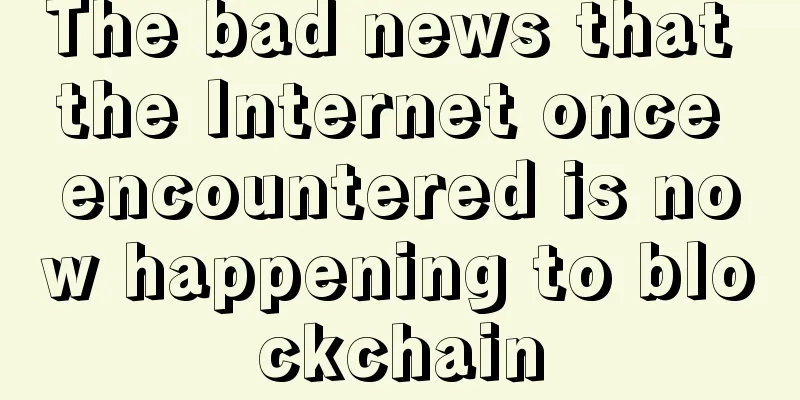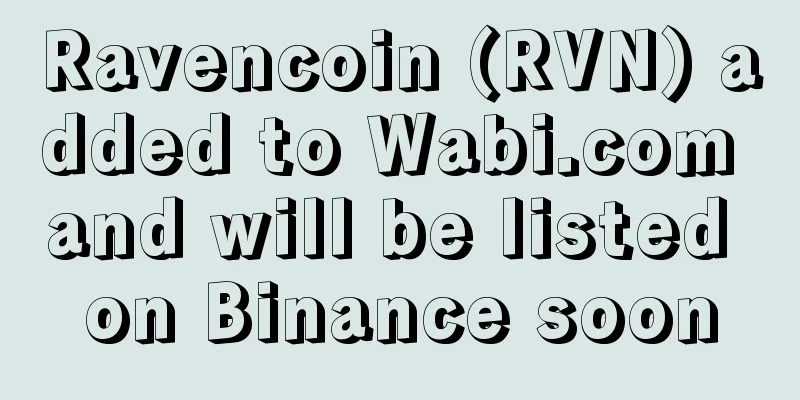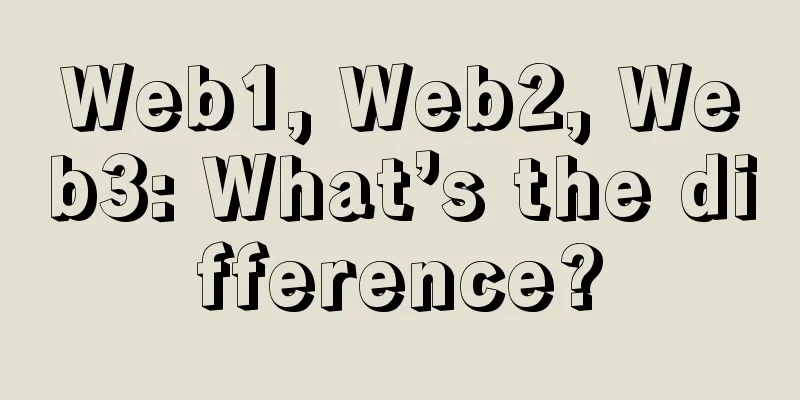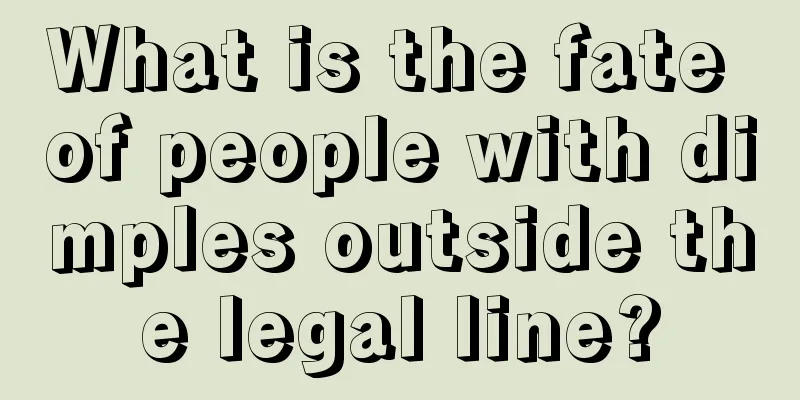The bad news that the Internet once encountered is now happening to blockchain

|
As the term ‘blockchain’ begins to enter the mainstream mindset, many reports and articles have come out to try to explain Bitcoin, Ethereum and all the other corporate-issued altcoins. Some of these analyses seem to have forgotten that disruptive technologies tend to go through a volatile development process. Financial Times reporter Izabella Kaminska cited some of these reports in her latest article, continuing to portray blockchain as an overhyped tech freak. Some of the reports she cited dismissed the technology as incapable of meeting the needs of the financial industry. This is undoubtedly a short-sighted analysis that shows these authors are out of touch with the blockchain technology itself and the industry. Blockchain technology is often compared to the Internet Protocol. Although this comparison is overused, it is still relevant. Irving Wladawsky-Berger wrote a great article discussing the technical and implementation problems that existed in the IT industry during the early days of the Internet:
Much like the early days of the internet, blockchain technology faces numerous obstacles that limit its potential mainstream adoption. The blockchain industry began with Bitcoin, an open source project that initially attracted a variety of cypherpunks, anarcho-capitalists, and talented decryptors/developers. These early adopters supported Bitcoin throughout its incubation period (both for ideological and economic reasons), and Bitcoin eventually became too large to be ignored by the mainstream community. Today, as ‘blockchain’ is breaking through the hype cycle, some are portraying it as a panacea to all our world’s problems. In fact, many reports have refuted the hype, arguing that there are too many insurmountable problems that will prevent the mass adoption of blockchain. Clearly, there are problems, but are they insurmountable? Some of the reports cited in Kaminska’s article demonstrate a clear misunderstanding of blockchain technology and the industry. I don’t mean a deep understanding of math and code, but an appreciation that this technology is not a static or rigid entity. It is diverse and capable of rapid evolution, as the Ethereum protocol has clearly demonstrated. For every insurmountable problem, you can list projects with talented developers actively working on solutions: Capacity expansion solution:
Privacy Policy:
Security and Identity Solutions: UPort by ConsenSys Today, one cannot predict whether these projects will crack the code, however, this shows that there is an active ecosystem that is aware of these issues and is trying to solve them. Another issue cited is regulatory hurdles. The financial industry is heavily regulated and financial services companies must follow complex national and international rules. If one assumes that blockchain technology is something that fits into the existing regulatory paradigm, then yes, it seems unlikely. At this point, we need more regulatory clarity for companies that want to use blockchain technology, and then significant regulatory reform is necessary to promote mass adoption. With that said, the great thing about a decentralized and peer-to-peer protocol is that, to some extent, it is everywhere. For a central government or organization that wants to 'bring it down' (through malicious or poorly designed regulation), it is a difficult task. If the user demand and technical ability to participate in the network exist, then they will do so. It is important for the blockchain industry to support insightful and critical commentary. However, one should be careful about assumptions about the technology. Commentators must recognize its versatility and appreciate that such paradigm shifts will not happen overnight, nor can we predict how they will unfold. Bitcoin started as an idea shared by an anonymous group or individual on a cryptographic mailing list 8 years ago. The technology has now grown into a thriving ecosystem that has attracted over a billion dollars in investment and numerous companies, protocols and projects. Despite this rapid expansion, we continue to see some commentators fail to recognize the resilience and adaptability of the technology and the people behind it. The Internet Protocol also had some technical issues that had to be overcome. At the time, critics were quick to point out these issues and conclude that the Internet was doomed to fail. Disruptive applications, such as Amazon, Netflix, and Twitter, did not immediately ‘go live’ in the early days of the Internet. These breakthrough applications required higher bandwidth, mobile Internet, and other improvements that were not available in the early days of the Internet. Additionally, when many of these applications were first launched, they looked very different than they do today. One could argue that the evolution of blockchain technology and the multitude of applications built on top of these protocols could follow a similar path. An erratic and unpredictable path, but one that could be disruptive. |
<<: The DAO’s dream won’t be shattered so easily
>>: The five most promising blockchain use cases of 2016
Recommend
Interpretation of palm lines: choosing the right career will make you more successful
We have a lot of palm lines on our hands, and the ...
The face of a woman who is always willing to sacrifice herself for love
Love is actually selfish. Many people hope that t...
What does a mole on the side of a woman's nose mean?
What does a mole on the side of a woman's nos...
Are people with willow-shaped eyebrows gentle and stable?
People with a gentle personality are generally po...
What will happen if a mole suddenly grows on my hand? Which moles should never be removed?
I believe many people have experienced the situat...
North Korean hackers steal 100 million won worth of Bitcoin every month, South Korean cybersecurity firm confirms
Golden Finance News - Bitcoin has made great prog...
Is it okay for a woman to have a mole on the right side of her chin?
Some women have a mole on their chin, and some sa...
Is it good for a woman to have a square face? What does a square face mean?
Is it good for a woman to have a square face? Wha...
Vietnamese regulator warns against using Bitcoin
Vietnam’s Ministry of Electronic Commerce and Inf...
Why is it that mining Bitcoin on a PC has long been unprofitable, but many people are still willing to do it?
“Master, what do you think about running a Bitcoi...
What does it mean if there is no career line on the hand?
As the name suggests, the career line refers to t...
Reasons to choose decentralized storage and Filecoin (Part 1)
In the process of welcoming the Web3 era, people ...
Men who are willing to spend money on women have particularly generous faces
When they are in love, many boys are very generou...
Is it true that women with high nose bridges can bring good fortune to their husbands and children?
What does a woman with a high nose bridge look li...
The fate of a woman with a mole on her forehead
According to numerology, a person’s overall fortu...









